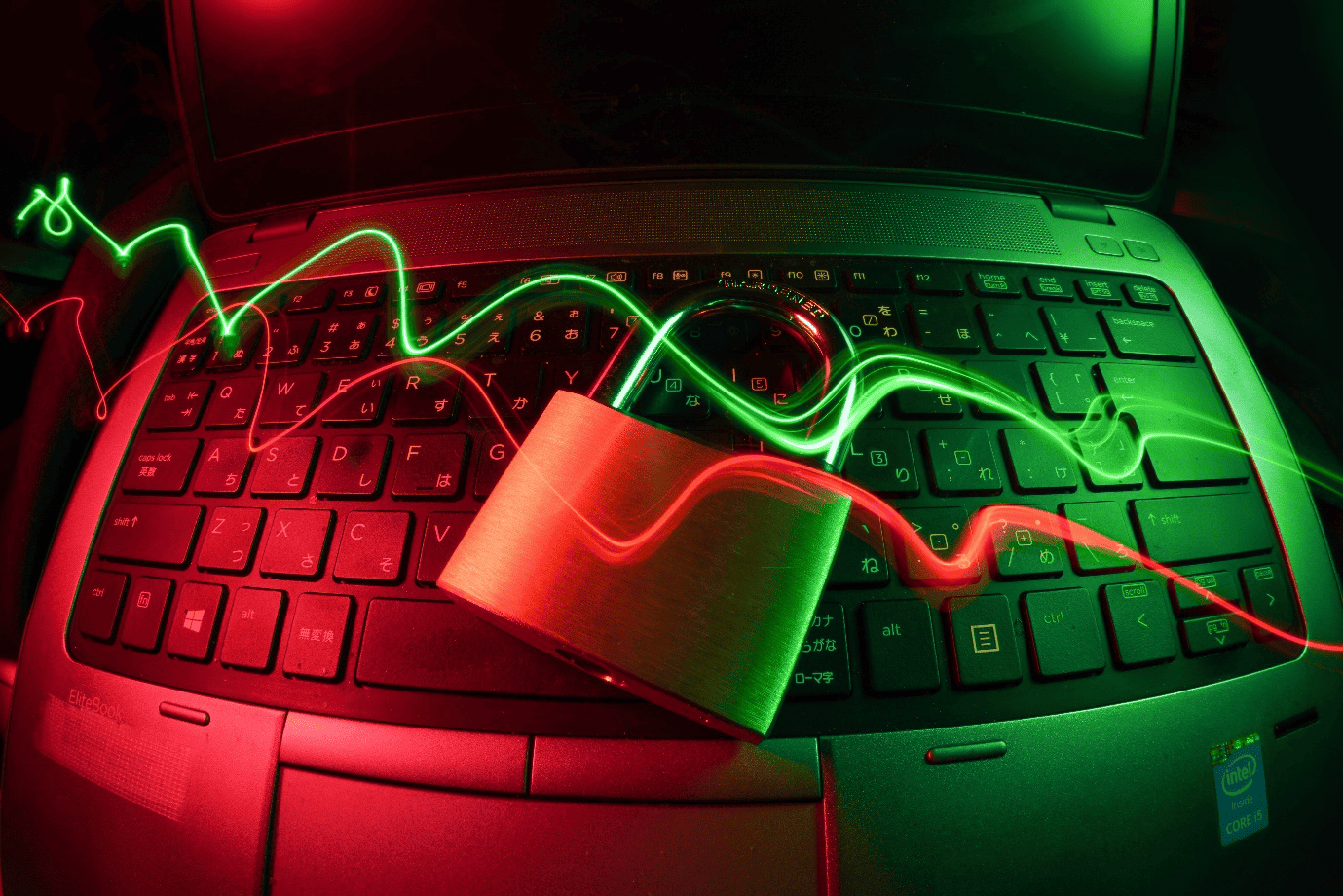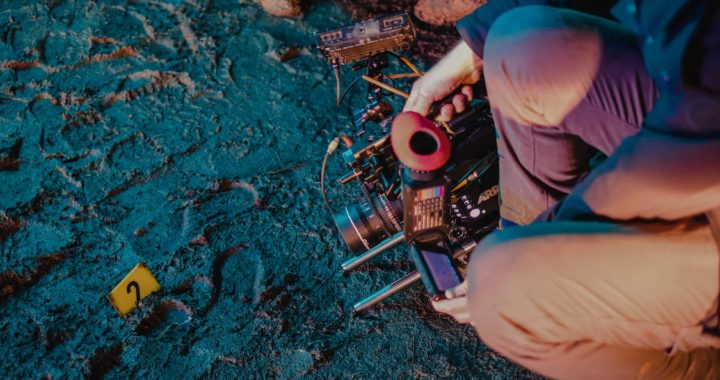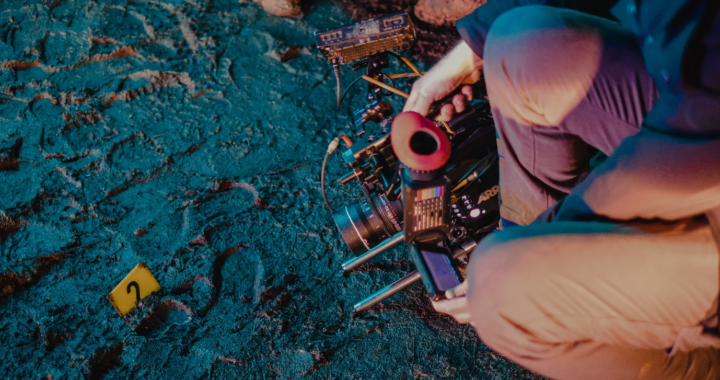Digital forensics investigations play a crucial role in today’s world of technology. With the rise of cybercrime and data breaches, it’s imperative to have a digital Forensic expert who can investigate such incidents and uncover successful digital forensics investigations.
Case Study: Target Data Breach – Unraveling the Attack
In 2013, Target Corporation suffered a massive data breach that affected over 70 million customers. The attackers accessed the company’s payment system and stole credit and debit card information and personal details such as names, addresses, and phone numbers.
Digital forensic investigators were called in to unravel this complex attack. They discovered that the hackers had used malware known as “BlackPOS” to infiltrate Target’s systems through a phishing email sent to an HVAC contractor working for the company.
The investigation led by digital forensics experts was meticulous and thorough, involving analyzing network traffic logs, conducting memory analysis of infected machines, and examining malware code samples. Their efforts paid off when they identified one suspect who had purchased stolen credit card data on underground forums using bitcoins.
Lesson Learned
This case study demonstrates how vital digital forensic investigations can be in identifying cybercriminals responsible for large-scale attacks like those perpetrated against Target Corporation. It also highlights the importance of having robust cybersecurity measures in place to prevent breaches from happening in the first place.
Case Study: Silk Road – Darknet Marketplace Investigation
Silk Road, the infamous darknet marketplace that sold illegal drugs and other contraband, operated for over two years before it was finally shut down in 2013. The successful digital forensics investigations into Silk Road were a landmark case in digital forensics.
The investigation began with an anonymous tip that led to the discovery of Silk Road’s server. Investigators used sophisticated techniques such as packet sniffing and tracing Bitcoin transactions to identify the site’s administrator, Ross Ulbricht.
Ulbricht was arrested in 2013 and charged with money laundering, computer hacking, conspiracy to traffic narcotics, and attempted murder-for-hire. He was eventually sentenced to life in prison without parole.
The Silk Road investigation highlighted the importance of worldwide collaboration between law enforcement agencies. It also showcased how successful digital forensics investigations can dismantle complex criminal networks on the dark web.
Lesson Learned
Lessons from this case study include the need for ongoing training and development of digital forensic skills among law enforcement personnel. It also highlights how important it is for businesses to implement strong cybersecurity measures to protect against cybercrime threats like those posed by darknet marketplaces such as Silk Road.

Case Study: The DNC Hack – Tracing Election Interference
The DNC Hack case study illustrated how forensic analysts could work with intelligence agencies to determine who was responsible for election interference. This case study revolves around the forensic investigation conducted after hacking the Democratic National Committee (DNC) during the 2016 U.S. presidential election.
It examines the methods used to attribute the attack, uncover the attackers’ motivations, and identify potential cybersecurity vulnerabilities.
Digital forensic experts were called upon to investigate the DNC hack thoroughly. The primary objectives were identifying the attackers, ascertaining their motivations, and gathering evidence for potential legal action.
Lesson Learned
The DNC hack case study underscores the importance of implementing proactive cybersecurity measures. Organizations must take a proactive approach to protect their systems and sensitive data from malicious actors.
Cyber breaches have affected many major organizations, and cyber forensic experts aim to prevent them. Don’t let it be you next time! Contact us at Eclipse Forensic for a digital Forensic expert.














